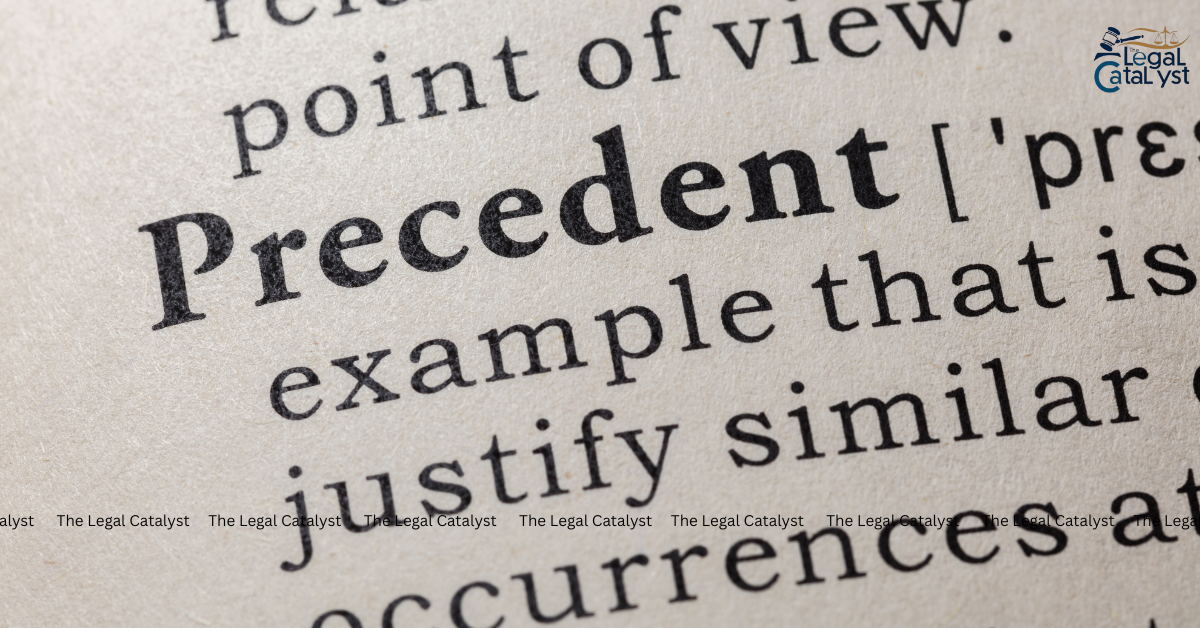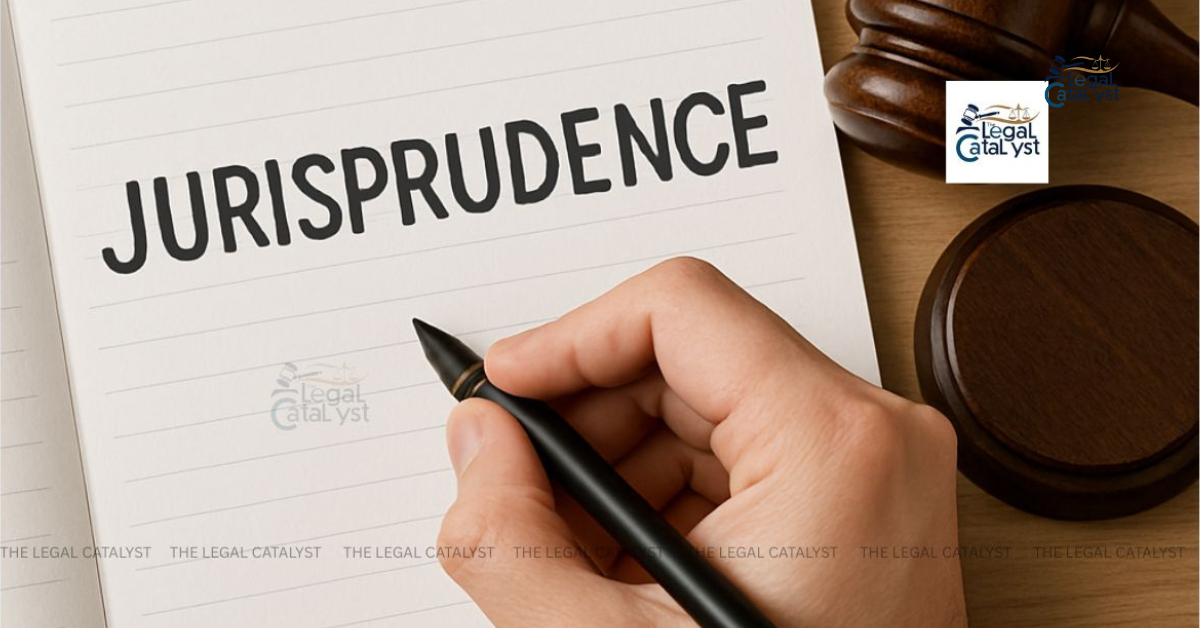Table of Contents
- Introduction
- Meaning and Definition of Precedent
- Basis of the Doctrine of Precedent
- Types of Precedent
- Original Precedent
- Declaratory Precedent
- Authoritative Precedent
- Persuasive Precedent
- Binding Nature of Precedents
- Essentials for a Precedent to be Binding
- Doctrine of Stare Decisis
- Case Laws on Precedent
- Criticism and Limitations of the Doctrine
- Conclusion
Introduction
The doctrine of precedent forms the backbone of the common law legal system. It refers to the practice where past judicial decisions are followed in future cases with similar facts. The principle is grounded in consistency, predictability, and stability of the legal system, ensuring that similar cases are treated alike.
Meaning and Definition of Precedent
A precedent is a judgment or decision of a court. It is cited as an authority for deciding a similar set of facts in a later case.
According to Salmond,
“In a general sense, a precedent is some set pattern guiding future conduct.”
In legal terms, it means a previous decision that serves as a rule or guide for deciding subsequent cases.
Basis of the Doctrine of Precedent
The doctrine of precedent is founded on the Latin maxim “stare decisis et non quieta movere”. It means “to stand by decisions and not to disturb settled matters.” This promotes judicial consistency and trust in the legal system.
Types of Precedents
1. Original Precedent
- Creates and applies a new rule of law.
- No existing precedent covers the case at hand.
- Forms a new legal principle.
2. Declaratory Precedent
- Applies an existing legal rule to a case.
- Merely declares and does not create new law.
3. Authoritative Precedent
- Must be followed whether the judge agrees or not.
- Has binding force.
- Usually decisions of superior courts.
4. Persuasive Precedent
- Not binding but has persuasive value.
- May be followed based on reasoning and logic.
- Includes:
- Decisions of lower courts
- Foreign judgments
- Obiter dicta
- Dissenting opinions
Binding Nature of Precedents
In the Indian legal system, the Supreme Court’s decisions are binding on all lower courts. This is under Article 141 of the Constitution.
High Courts’ decisions are binding on all subordinate courts within their jurisdiction, but not binding on other High Courts.
Essentials for a Precedent to be Binding
- The decision must be by a competent court.
- The point of law must be the ratio decidendi (the legal principle forming the basis of the decision).
- The case must not have been overruled or reversed.
- The facts of the precedent case and the current case must be materially similar.
Note: Obiter dicta (observations not crucial to the decision) are not binding but may be persuasive.
Connect with us on Instagram – X – LinkedIn for daily updates, quizzes, and other materials.
Doctrine of Stare Decisis
The doctrine of stare decisis upholds judicial discipline and legal certainty by compelling courts to follow legal precedents. It ensures that:
- There is continuity in the interpretation of law.
- Legal rights are settled.
- Arbitrary judgments are minimized.
Leading Case Laws on Precedent
1. Bengal Immunity Co. Ltd. v. State of Bihar (1955)
The Supreme Court held that it could depart from its earlier decision if it was erroneous. It also could change its decision if it caused hardship. This establishes the evolving nature of precedent.
2. Kesavananda Bharati v. State of Kerala (1973)
A historic example where the Supreme Court relied on previous judgments. The Court also modified the interpretation of constitutional principles. This affirmed the basic structure doctrine.
3. Union of India v. Raghubir Singh (1989)
The Court emphasized that Article 141 makes Supreme Court decisions binding on all subordinate courts.
4. State of Punjab v. Devans Modern Breweries Ltd. (2004)
The Court stated that consistency in law is essential, and unless compelling reasons exist, earlier decisions must be followed.
Criticism and Limitations of the Doctrine
- Rigidity: May lead to unjust results when outdated precedents are applied.
- Conflicting decisions: Multiple precedents may exist, leading to confusion.
- Delay in reform: Judicial development of law may be slow.
- Overruling: A precedent can be overruled, affecting the stability of law.
Conclusion
The doctrine of precedent is a cornerstone of the Indian legal system, promoting judicial consistency, fairness, and predictability. While it ensures uniformity in the administration of justice, flexibility exists through mechanisms like overruling, distinguishing, and reconsidering decisions. For legal practitioners, understanding precedents and how to apply or distinguish them is vital for effective argumentation and case preparation.
Also Read
Offer and Acceptance under the Indian Contract Act, 1872
Free Consent under the Indian Contract Act, 1872




